O.,o circa 2007.


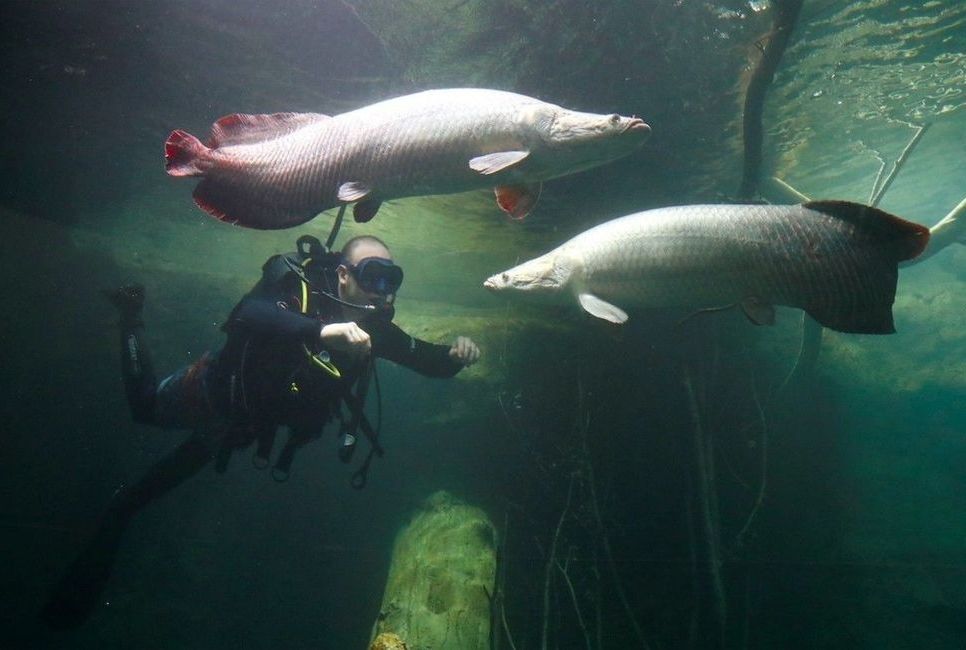
The scales of the Arapaima, an Amazonian freshwater fish that can weigh up to 440 pounds, possess all the best attributes of a bulletproof vest, but the elements are better integrated into one solid piece combining imperviousness and flexibility, researchers say. The Air Force is funding a study of the fish for potential body armor development.

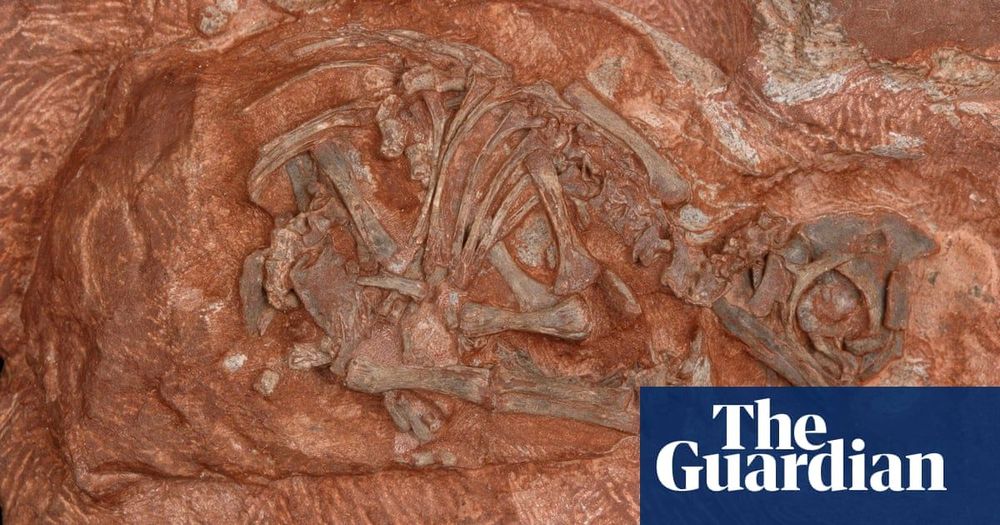
The fossilised skulls of dinosaur embryos that died within their eggs about 200m years ago, have been digitally reconstructed by scientists, shedding new light on the animals’ development, and how close they were to hatching.
The rare clutch of seven eggs, some of which contain embryos, was discovered in South Africa in 1976, with the developing young found to be a species of dinosaur called Massospondylus carinatus.
The plant-eaters were ancestors of sauropod dinosaurs like diplodocus and, as fully-grown adults, would have walked on two legs, measured about five metres from nose to tail, and had long necks with small heads.


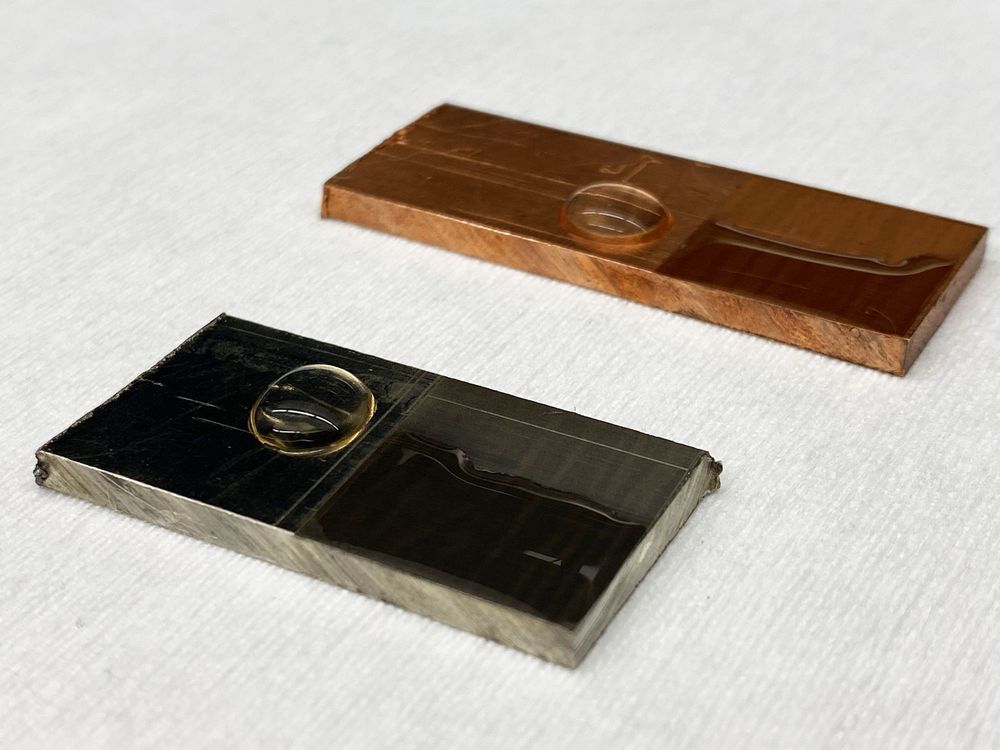
:oooooo.
A technique developed by Purdue University scientists could allow doorknobs and other metal surfaces to be modified in a way that would kill bacteria on contact.
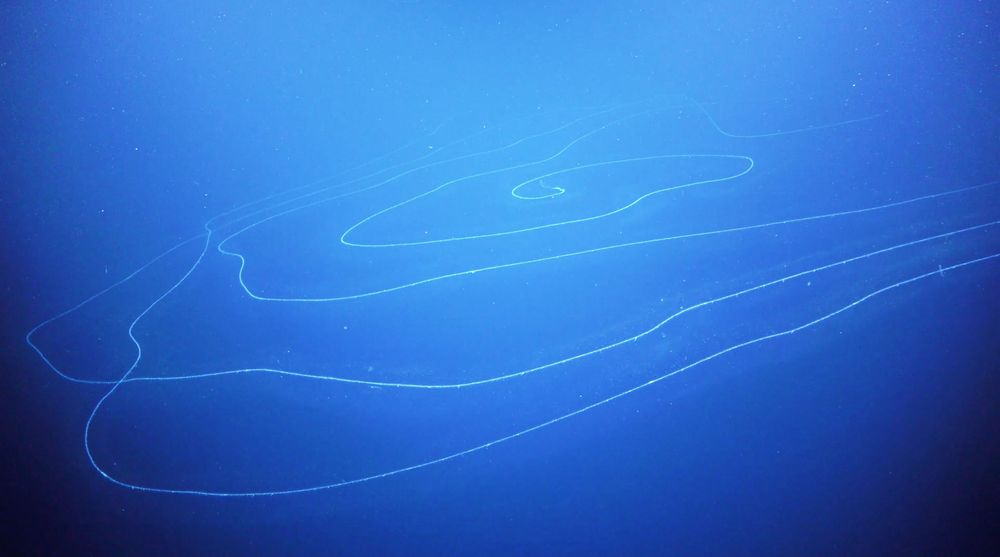
Underwater explorers found a 150-foot-long (45 meters) siphonophore — a translucent, stringy creature that, like coral, is made up of smaller critters — living in a submarine canyon off the coast of Australia. It’s “seemingly the largest animal ever discovered,” they said.
Every individual siphonophore is made up of many little “zooids,” which each live lives that are more similar to animals we’re used to talking about, albeit always connected to the larger colony. Zooids are born axsexually, and each one performs a function for the siphonophore’s larger body, according to a research article published in the journal Developmental Dynamics in 2005. Linked together in long chains, the colonies were already known to reach lengths of up to 130 feet (40 m) according to the Monterey Bay Aquarium — though each siphonophore is only about as thick as a broomstick.
The new, record-setting siphonophore was one of several discoveries made by a team aboard the research vessel Falkor while exploring deep-sea canyons near Australia’s Ningaloo Coast.
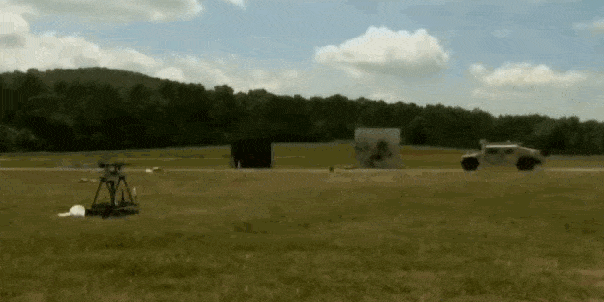
Circa 2018 o,.,o.
The U.S. Army is testing a system designed to protect military vehicles smaller than tanks from attacks. The “Iron Curtain” uses a combination of sensors and downward-firing projectiles to stop incoming rockets and missiles from striking vehicles by setting off their shaped charge warheads. The result could be vehicles as small Humvees protected from anti-tank guided weapons.
The proliferation of anti-tank weapons with shaped charges has made the modern battlefield very deadly for any vehicle daring to cross it. High explosive, anti-tank (HEAT) warheads are found on everything from shoulder-fired rocket propelled grenade launchers of the Taliban to Kornet-EM anti-tank guided missiles arming the Russian Army. Defeating them is one of the Army’s top concerns, and a brigade of Abrams tanks equipped with the Israeli Trophy active protection system (APS) is headed to Europe in the near future.
